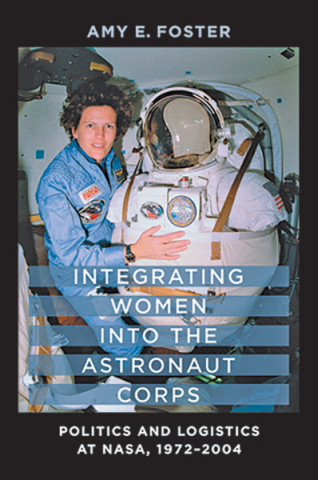
Reviews
A valuable monograph on an important topic... It will provide a foundation for much more scholarship to come on the astronaut corps and NASA after Apollo.
A must-read for historians interested in the gendering of technology, as well as gender and labor historians researching women in the professions during the cold war and beyond.
This book is the first one to examine seriously how women finally joined the NASA astronaut corps. Rich in documentary sources and strengthened by oral histories, this book offers memorable stories illustrating the texture of this significant transition.
Book Details
Acknowledgments
Introduction
1. Beyond Rosie the Riveter
2. Wilma Deering Meets Captain Janeway
3. ''The Damn Crazy Things!''
4. Making Space
5. ''The Strange Ones''
6. Defying Gravity
7. ''NASA Sutra''
8
Acknowledgments
Introduction
1. Beyond Rosie the Riveter
2. Wilma Deering Meets Captain Janeway
3. ''The Damn Crazy Things!''
4. Making Space
5. ''The Strange Ones''
6. Defying Gravity
7. ''NASA Sutra''
8. Uninvited Heroics
Epilogue
Notes
Essay on Sources
Index





